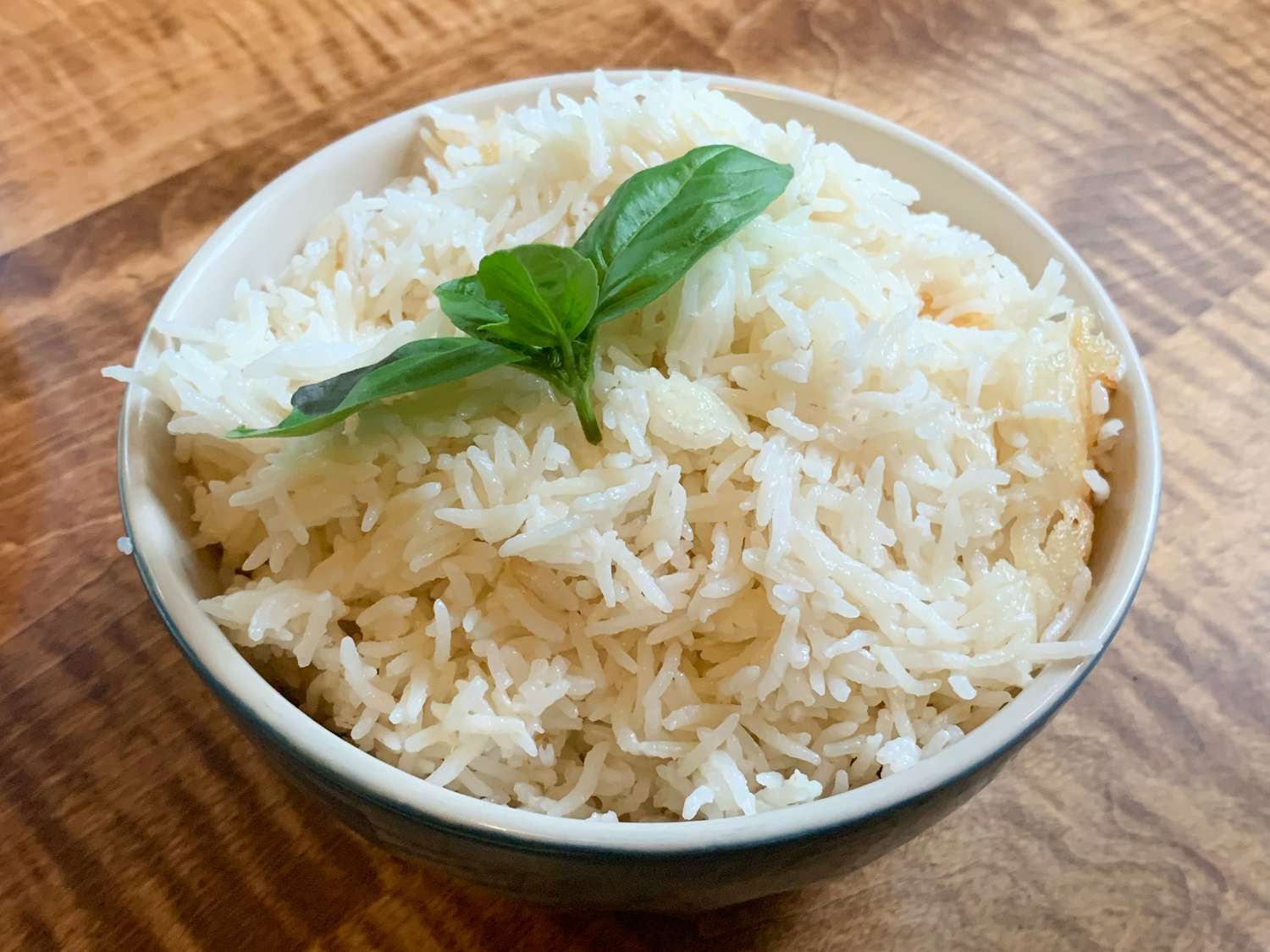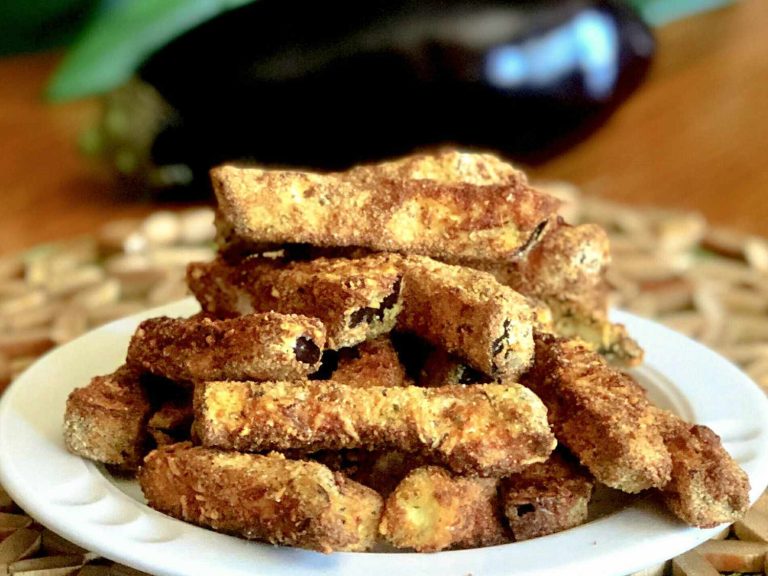Coconut Jasmine Rice Recipe
Coconut jasmine rice blends Southeast Asian culinary traditions. Jasmine rice, known for its delicate floral aroma, is a staple in Thai and Vietnamese cuisine. Adding coconut milk elevates the rice, introducing a rich, creamy texture and a subtle sweetness. In many Southeast Asian cultures, coconut jasmine rice accompanies a variety of dishes, from curries to grilled meats. It is often reserved for special occasions like festivals and family gatherings due to its luxurious flavor.
Key Ingredients
Jasmine Rice: Use long-grain jasmine rice for its aromatic qualities and soft texture.
Coconut Milk: Incorporate full-fat coconut milk to achieve the rich, creamy consistency. Light coconut milk can be used, but it offers a less luxurious texture.
Water: Combine water with coconut milk to ensure the rice cooks evenly and absorbs the flavors fully.
Salt: A small amount enhances the natural sweetness of the coconut milk and the floral notes of the jasmine rice.
Optional Add-ins: Lemongrass, ginger, or pandan leaves can add extra layers of flavor. These ingredients infuse the rice with subtle, complementary aromas.
How to Cook Perfect Coconut Jasmine Rice
Choosing the Right Ingredients
Selecting quality ingredients ensures optimal flavor and texture in your coconut jasmine rice. Use long-grain jasmine rice for its aroma and fluffy texture. Choose full-fat coconut milk for a rich and creamy consistency. Ensure water is filtered to avoid impurities. A pinch of salt enhances the flavors, making the dish more savory. Optional add-ins like lemongrass or ginger provide a fragrant twist.
- Rinse Rice: Rinse 1 cup of jasmine rice under cold water until the water runs clear. This removes excess starch, preventing stickiness.
- Combine Ingredients: In a pot, mix the rinsed rice, 1 cup of coconut milk, and 1 cup of water. Add a pinch of salt and any optional add-ins like 1-2 stalks of lemongrass or a few slices of ginger.
- Cook Rice: Place the pot over medium heat and bring the mixture to a gentle boil. Once boiling, cover the pot and reduce the heat to low. Simmer for 15-20 minutes or until the rice absorbs the liquid.
- Rest and Fluff: Remove the pot from heat, keeping it covered, and let it rest for 10 minutes. This final step allows the rice to firm up. Fluff the rice with a fork before serving to separate the grains.
Follow these steps for perfect coconut jasmine rice every time.
Flavor Pairings and Serving Suggestions
Best Dishes to Accompany Coconut Jasmine Rice
Coconut Jasmine Rice pairs wonderfully with a variety of dishes. For proteins, consider serving it with grilled chicken skewers, shrimp curry, or tofu stir-fry. These dishes enhance the rice’s creamy and aromatic qualities. For a complete meal, include vegetables like steamed broccoli, bell peppers, or snap peas. These vegetables add color and crunch, balancing the rice’s richness. Additionally, try seafood dishes like lemongrass fish or coconut shrimp to amplify the coconut flavors.
Tips for Garnishing and Presentation
Garnishing Coconut Jasmine Rice elevates its visual appeal and taste. Sprinkle toasted sesame seeds or chopped scallions on top for added texture and flavor. Fresh herbs like cilantro or Thai basil infuse a burst of freshness. For an extra touch of elegance, add edible flowers or thinly sliced red chili peppers. When serving, use a mold or small bowl to shape the rice before plating. This technique gives a polished look to your dish, making it perfect for special occasions or guests.
Health Benefits and Nutritional Facts
Calories and Macronutrients
Coconut jasmine rice offers a balanced meal option packed with essential macronutrients. One cup of cooked jasmine rice contains around 205 calories. Adding coconut milk enhances the caloric content, increasing it to approximately 300 calories per serving. This dish provides about 4 grams of protein, 11 grams of fat, and 45 grams of carbohydrates.
| Nutrient | Amount per Serving |
|---|---|
| Calories | 300 |
| Protein | 4g |
| Fat | 11g |
| Carbohydrates | 45g |
Dietary Considerations and Allergies
Coconut jasmine rice suits various dietary needs but watch for allergies. It’s naturally gluten-free, making it a good choice for those with celiac disease or gluten intolerance. Coconut milk adds healthy fats, especially medium-chain triglycerides (MCTs), which may support weight loss and energy.
Be aware of common allergens: coconut and potential cross-contamination in jasmine rice processing facilities. If coconut allergy exists, substitute with dairy or nut milk alternatives. Adjustments ensure the dish remains inclusive and safe for consumption.
Conclusion
Coconut jasmine rice is more than just a side dish; it’s a flavorful journey that brings together the best of Southeast Asian cuisine. Its rich, creamy texture and aromatic essence make it a perfect match for a variety of main courses. Whether you’re serving it with grilled chicken skewers, shrimp curry, or simply enjoying it on its own, this dish is sure to elevate your meal.
Its nutritional balance and gluten-free nature make it a healthy choice for many dietary needs. With easy substitutions for coconut allergies, everyone can savor this delightful fusion. So go ahead, get creative with your garnishes, and enjoy the delicious and nutritious benefits of coconut jasmine rice in your next meal.






